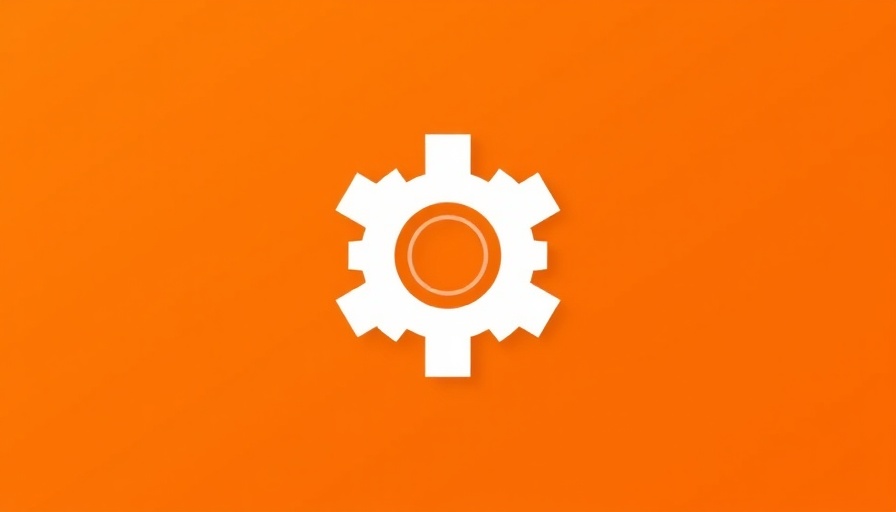
AI Agents: Bridging the Gap Between Humans and Digital Workers
As organizations strive to remain competitive in an ever-evolving digital landscape, understanding the integration of AI agents into the workforce has become paramount. The insights from Microsoft's leadership pave the way for rethinking how we perceive both human and digital workers. This hybrid paradigm presents an exciting opportunity to harness the strengths of both entities, creating a dynamic environment primed for innovation and efficiency.
Understanding the Total Talent Continuum
Central to this shift is the concept of the Total Talent Continuum, where organizations recognize that talent extends beyond traditional human workers to encompass AI agents. This continuum allows for a seamless blend of skills and expertise, enabling human talent to leverage AI capabilities to enhance productivity. With generative AI acting as a bridge between novices and experts, individuals can access knowledge across various domains, unlocking new avenues for creative problem-solving.
The Emergence of Cognitive Guilds in the Workplace
Historically, guilds were essential to craftsmanship, and today's digital age introduces the concept of cognitive guilds. AI enables professionals to create and share cognitive tools, akin to how guild members retained unique skills and tools. Organizations must cultivate environments that encourage this sharing, facilitating knowledge transfer and improving workforce capabilities. By lowering the barriers to expertise, companies can foster innovation and collaboration, positioning themselves for market success.
Cultivating Effective Human-AI Collaboration
As organizations embrace AI agents, developing a strategic framework for collaboration becomes crucial. According to recent findings, companies utilizing AI agents see significant improvements in customer engagement and operational efficiency. For instance, organizations employing AI tools for customer service report a dramatic increase in the percentage of interactions handled without human intervention, leading to cost savings and enhanced customer satisfaction.
Trust and Adaptation: Key to Successful Hybrid Workplaces
As AI agents evolve from mere tools to co-workers, building trust is essential. Leaders must instill a culture where AI is seen as a collaborative partner rather than a replacement. Early adoption experiences emphasize the importance of interpreting AI-driven data critically, ensuring human oversight remains integral in decision-making processes. By fostering an environment that encourages understanding and adaptability, organizations can smoothly transition into an effective hybrid workforce.
Insights and Strategic Best Practices for Integration
Incorporating AI agents requires strategic planning. Setting clear goals for AI integration, establishing oversight groups, and re-evaluating existing processes are essential steps to optimize both human and AI capabilities. Continuous learning and feedback loops are necessary as both human workers and AI agents develop their skills. Businesses that adapt quickly will harness AI's full potential, securing a competitive advantage in their respective markets.
Looking Ahead: The Future of Work is Hybrid
As business operations evolve, the future of the workplace will undoubtedly feature a deeply integrated hybrid workforce. Companies that recognize early the significance of combining human skill sets with AI efficiency will undoubtedly reap the benefits of enhanced productivity and innovation. The ability to balance human and machine capabilities will define the next wave of organizational success, and this process of blending talent will be key to thriving in the digital age.
 Add Row
Add Row  Add
Add 




 Add Row
Add Row  Add
Add 

Write A Comment